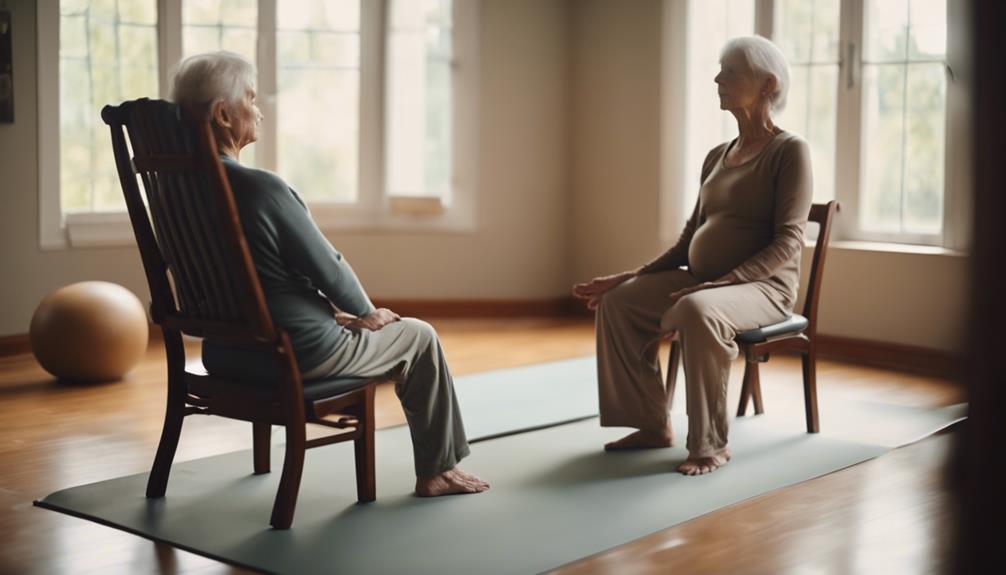What Is The Temp For Hot Yoga

Hot yoga has become a popular fitness trend, attracting practitioners from all walks of life. If you’re curious about this invigorating practice, one of the most common questions you might have is, “What is the temp for hot yoga?” In this blog post, we’ll dive deep into the ideal temperatures for hot yoga, the benefits of practicing in a heated environment, and tips for getting the most out of your sessions.
Understanding Hot Yoga: What Is It?
Hot yoga is a form of yoga practiced in a heated room, which typically ranges between 90°F to 105°F (32°C to 40°C). The primary aim of this elevated temperature is to facilitate deeper stretching, improve flexibility, and promote detoxification through sweating. While the most well-known style of hot yoga is Bikram, which follows a specific sequence of 26 postures and two breathing exercises, there are various other forms such as Hot Vinyasa and Hot Power Yoga. Each offers its unique twist on the heated practice, but the common denominator remains the temperature.
What is the Ideal Temperature for Hot Yoga?
When it comes to hot yoga, the ideal temperature typically hovers around 95°F to 105°F (35°C to 40°C). This range allows the body to warm up sufficiently, making it easier to perform various poses without risking injury. However, individual preferences may vary; some practitioners may feel comfortable at slightly lower temperatures, while others may thrive in hotter conditions. It’s essential to listen to your body and choose a studio that aligns with your comfort level.
The Benefits of Practicing Hot Yoga
Practicing hot yoga can yield numerous physical and mental benefits. The elevated temperature helps to increase blood flow and oxygen delivery to the muscles, enhancing performance and recovery. Additionally, sweating profusely can aid in detoxifying the body, flushing out toxins and impurities. Hot yoga also promotes mental clarity and stress relief, as the heat encourages mindfulness and concentration. Whether you’re looking to improve flexibility, build strength, or simply unwind, hot yoga offers a comprehensive workout for both body and mind.
Hot Yoga vs. Traditional Yoga: Key Differences
One of the most significant differences between hot yoga and traditional yoga lies in the environment. Traditional yoga is usually practiced in a comfortably warm room, typically around 70°F to 80°F (21°C to 27°C). In contrast, hot yoga’s heated setting intensifies the experience, allowing for a more profound physical and mental challenge. The heat can also make certain poses easier by warming up the muscles more quickly. However, it’s important to note that the high temperatures can also pose risks for beginners, leading to dehydration or overheating if not managed properly.
Tips for Practicing Hot Yoga Safely
To enjoy the numerous benefits of hot yoga while minimizing risks, here are some essential tips to keep in mind. First, stay hydrated before, during, and after your practice. Drinking water is crucial to replace fluids lost through sweating. Additionally, consider arriving at the studio early to acclimate to the heat. If you’re new to hot yoga, start with shorter sessions and gradually increase the duration as your body adapts. Always listen to your body and take breaks if you feel dizzy or uncomfortable. Finally, wear breathable, moisture-wicking clothing to help regulate your body temperature during practice.
What to Expect During Your First Hot Yoga Class
Entering your first hot yoga class can be an exhilarating yet daunting experience. Expect the room to be significantly warmer than a regular yoga studio, which may take some getting used to. The class will typically begin with gentle stretches to help you acclimate to the heat. As the session progresses, you’ll engage in various poses designed to challenge your flexibility and strength. Don’t be surprised if you start sweating almost immediately; this is a normal part of the process! Remember, you can always take a break or rest in child’s pose if needed.
Common Misconceptions About Hot Yoga
Despite its popularity, several misconceptions about hot yoga persist. One common belief is that sweating excessively equates to a better workout. While sweating is a natural response to heat, it’s not the sole indicator of an effective practice. Additionally, some people worry that hot yoga is only for advanced practitioners. In reality, hot yoga can be adapted for all skill levels, with modifications available for beginners. Lastly, while the heat can help with flexibility, it’s still essential to practice caution and avoid pushing your body beyond its limits.
Conclusion: Embrace the Heat of Hot Yoga
In conclusion, understanding “what is the temp for hot yoga” is crucial for anyone looking to explore this invigorating practice. With temperatures typically ranging from 90°F to 105°F, hot yoga presents a unique opportunity to enhance your physical and mental well-being. Whether you’re attracted to the benefits of increased flexibility, strength, or the calming effects of mindfulness, hot yoga has something to offer everyone. Remember to practice safely, stay hydrated, and most importantly, enjoy the journey of discovery on your yoga path.
By embracing the heat and understanding its implications, you can transform your hot yoga experience into a fulfilling and rewarding practice. Happy sweating!A Gentle Way Yoga La MesaBmat YogaWhat Is The 28 Day Chair Yoga Program For Seniors